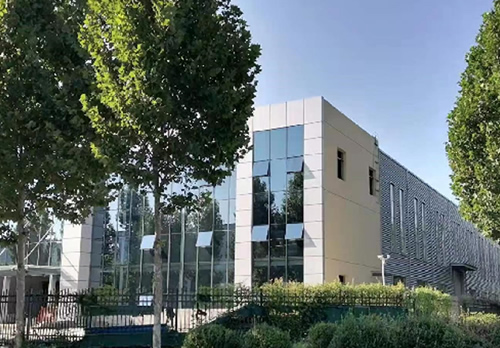Asphalt pavement cracks are one of the most common phenomena in road diseases, and their causes are diverse, including temperature changes, load effects, material properties, construction quality, and environmental factors. These cracks not only affect the service life of the road and the safety of driving, but may also lead to further road damage and increase maintenance costs. Therefore, the treatment of asphalt pavement cracks has become an important part of road maintenance and management. This article will explore the treatment technology of asphalt pavement cracks, analyze the application of technological innovation in crack treatment, and evaluate the effectiveness.
2、 Types and Causes of Asphalt Pavement Cracks
Asphalt pavement cracks are mainly divided into the following types:
Horizontal cracks: usually caused by thermal expansion and contraction due to temperature changes.
Longitudinal cracks: may be caused by improper construction joints, uneven settlement of the roadbed, or load effects.
Mesh cracks: often caused by aging of asphalt mixture, unreasonable pavement structure design, or reflective cracks in the base layer.
The main causes include:
Temperature changes: Asphalt is sensitive to temperature, and temperature changes cause the volume of asphalt pavement to expand and contract.
Load effect: Vehicle load generates cyclic stress on the road surface, causing fatigue cracks.
Material performance: The durability of asphalt mixture directly affects the occurrence of cracks.
Construction quality: Improper construction, such as insufficient compaction and improper joint treatment, can easily lead to cracks.
Environmental factors such as moisture and ultraviolet radiation can also accelerate the formation of cracks.
3、 Asphalt pavement crack treatment technology
Currently, the treatment techniques for asphalt pavement cracks mainly include the following:
Crack filling: Fill cracks with asphalt materials, rubber asphalt, polyurethane, etc. to prevent water infiltration.
Crack sealing: Paste special sealing tape at the crack to enhance the overall integrity of the road surface.
Road milling and re paving: Mill severely cracked road surfaces and re lay asphalt layers.
Preventive maintenance: Regularly clean, spray water, apply protective agents, etc. on the road surface to prevent crack formation.
4、 The Application of Technological Innovation in Crack Management
Technological innovation plays an increasingly important role in the treatment of asphalt pavement cracks:
New material research and development: The development of new repair materials such as modified asphalt, rubber asphalt, polyurethane, etc. has improved the repair effect.
Construction technology innovation: The application of infrared heating technology, ultrasonic testing technology, automated construction equipment, etc. has improved construction efficiency and quality.
Intelligent detection technology: The application of intelligent detection technologies such as drones and intelligent detection vehicles has achieved real-time monitoring of road conditions.
Big data analysis: By collecting and analyzing a large amount of road surface data, it provides scientific basis for crack treatment.
5、 Analysis of the effectiveness of crack treatment on asphalt pavement
Through the analysis of multiple cases, we can see the effectiveness of technological innovation in crack management:
Improving repair effect: The use of new repair materials has effectively improved the repair effect and extended the service life of the road surface.
Reduce maintenance costs: Through technological innovation, the efficiency of crack management has been improved, and maintenance costs have been reduced.
Improving road safety: Timely treatment of cracks reduces traffic accidents caused by poor road conditions.











 CALL
CALL PRODUCTS
PRODUCTS PROJECTS
PROJECTS CONTACT
CONTACT